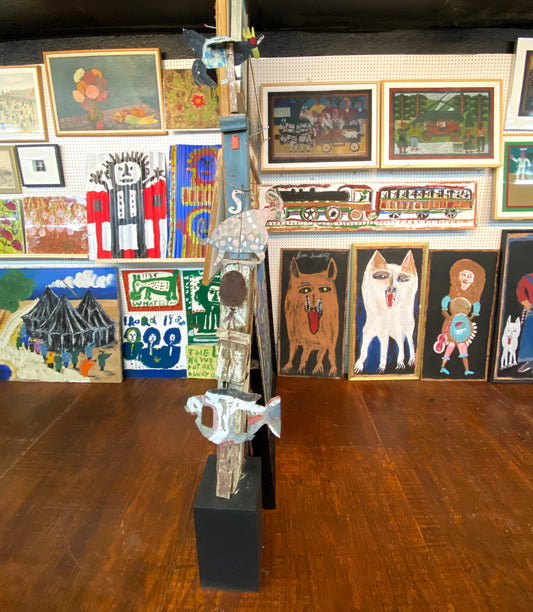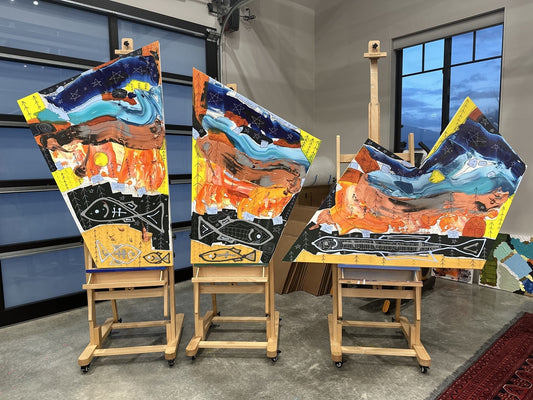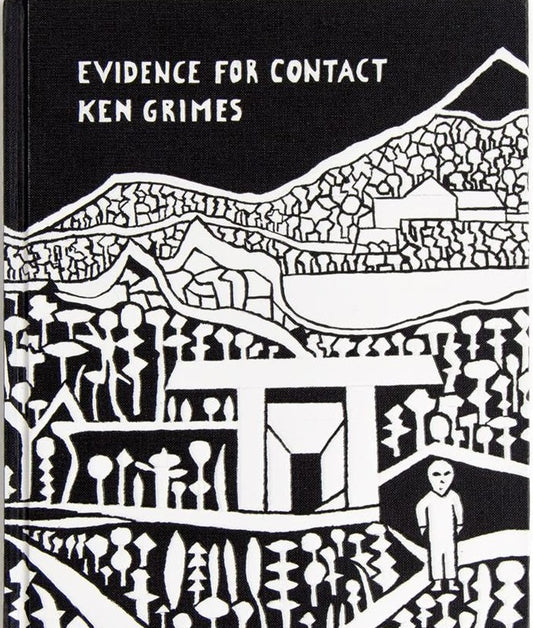For more information, visit www.avam.org/exhibitions
AVAM announces the return of its most beloved exhibited works in the national museum's 23-year history, the exquisitely tender testimonial embroideries created by Holocaust survivor, Esther Nisenthal Krinitz. AVAM premiered the works in 2001 that then traveled to 42 other museums around the world.
 The Bees Save Me, Esther Krinitz, 1996. Embroidery and fabric collage. Courtest of Art and Remembrance
The Bees Save Me, Esther Krinitz, 1996. Embroidery and fabric collage. Courtest of Art and Remembrance
Curator and museum founder, Rebecca Alban Hoffberger, states, "With the blessing of Esther's family, we proudly commit to an all-new, five-year, expansive installation, "Esther and The Dream of One Loving Human Family." Our goal is to juxtapose the power of Esther's work and story with the experience of other innocent victims of cultural genocides, historic and current –including South African Truth and Reconciliation embroidered testimonies and works gathered from Lily Yeh's partnership with Rwandan Tutsi genocide survivors – to urgently underscore the great danger of demonizing any human being as an undesirable 'other.’"
 My Childhood Home, Esther Krinitz, 1977. Embroidery on linen. Courtest of Art and Remembrance
My Childhood Home, Esther Krinitz, 1977. Embroidery on linen. Courtest of Art and Remembrance
This special exhibition also features a partial recreation of Esther’s modest farm home, a thatched-roofed country cottage that Esther stitched in her first picture so that her daughters – and now visitors alike – could see her pre-war happy childhood home.
Told without a tinge of anger, Esther's thirty-six, intricate needlework and fabric collages depict how then 15-year-old Esther and her younger sister survived the Nazi invasion of Poland by separating from their observant Jewish farming family on the road to the extermination camp and posing as Polish Catholic farm girls.




